The links here point to live streaming cameras of Bald Eagle nests. All links open in a new browser tab. Note: YouTube direct links seem to change almost daily, so here I have provided links to a cam operator’s channel, which should list their current Live Cams. Letters in [brackets] are codes I use to refer to the nests. See key and full list of nest codes here.
The list is current as of 9/17/2024, although some cams are offline until the breeding season begins. Please contact me (here) if you discover any broken links, incorrect information, cams coming back online, or new links not included here.
Alaska, Glacier Gardens, Juneau – Glacier Gardens [AK gla]
Glacier Gardens
YouTube channel
Arizona, Pleasant Lake – Arizona Game and Fish Department [AZ gfd]
GFD
British Columbia, Boundary Bay Central – Hancock Wildlife Foundation [BC bbc]
HWF with map
YouTube channel
HWF all nest links
British Columbia, Delta 2, Vancouver – Hancock Wildlife Foundation [BC dl2]
HWF 2 cams with map
YouTube east channel
YouTube west channel
HWF all nest links
British Columbia, Gleneagles neighborhood, West Vancouver North Shore – Hancock Wildlife Foundation and North Shore Eagle Network [BC gln] NEW CAM FOR 2024-2025
HWF 2 cams with map
YouTube north channel
YouTube south channel
HWF all nest links
British Columbia, Surrey, Surrey Reserve – Hancock Wildlife Foundation and Dawson & Sawyer [BC sur]
HWF 2 cams with map
YouTube north channel
YouTube south channel
HWF all nest links
British Columbia, White Rock, Boundary Bay – Hancock Wildlife Foundation [BC wht]
HWF 3 cams with map
YouTube overhead channel
YouTube north channel
YouTube wide angle channel
White Rock Eagles 3 cams with chat
HWF all nest links
California, Big Bear Lake, San Bernardino National Forest, Fawnskin – Friends of Big Bear Valley [CA bbl]
YouTube channel 2 cams with chat
Friends of Big Bear Valley
California, near Faye Slough Wildlife Area & Humboldt Bay, Eureka – Sequoia Park Zoo & the Christine and Jalmer Berg Foundation [CA fsl] NEW NEST & NEW CAM FOR 2025
YouTube channel
California, Folsom, Lake Natoma – Folsom Lake State Recreation Area, Friends of Lakes Folsom and Natoma (FOLFAN), & American Eagle Foundation [CA fol]
YouTube channel
AEF with chat
California, Redding, Turtle Bay – Friends of the Redding Eagles [CA red]
YouTube channel
California, Two Harbors, Catalina Island – Institute for Wildlife Studies [CA cTH]
IWS all nest links with chat
YouTube channel
Explore
California, West End, Catalina Island – Institute for Wildlife Studies [CA cWE]
IWS all nest links with chat
YouTube channel
Explore nest
Explore overlook
California, Bald Canyon, San Clemente Island – Institute for Wildlife Studies [CA mBC]
IWS all nest links with chat
YouTube channel
Explore (cam not yet linked)
California, Fraser Point, Santa Cruz Island – Institute for Wildlife Studies [CA zFP]
IWS all nest links with chat
YouTube channel
Explore
California, Sauces Canyon, Santa Cruz Island – Institute for Wildlife Studies [CA zSC]
IWS all nest links with chat
YouTube channel
Explore
Colorado, Fort St. Vrain – Xcel Energy Fort St. Vrain Station & Raptor Resource Project [CO fsv]
RRP 2 cams (chat on side cam)
Xcel YouTube channel with links to 2 cams
Delaware, Delaware Botanical Gardens, Dagsboro, DE – Delaware Botanical Gardens [DE bot] NEW CAM FOR 2024-2025
HDOnTap with chat (2 views)
Delaware Botanical Gardens
Florida, Captiva/Sanibel Island – Lori Covert (ground observer), Window to Wildlife, & Clinic for the Rehabilitation of Wildlife (CROW) [FL cap]
WtW YouTube channel (2 views)
Window to Wildlife with chat
Florida, central – property owner goes by SuperBeaks [FL cen]
YouTube channel with chat
Florida, Miami-Dade County – Zoo Miami, Wildlife Rescue of Dade County, & Ron Magill Conservation Endowment [FL mdc]
YouTube channel with chat
Florida, Northeast coastal – American Eagle Foundation [FL nef]
AEF 3 cams with chat (toggle “Other views” at bottom right)
HDOnTap 3 cams with chat (toggle “Other Views” at bottom right)
AEF YouTube channel with rewind
Florida, North Fort Myers – Dick Pritchett Real Estate, Inc. [FL swf]
Pritchett with chat
YouTube channel
Florida, Southwest, Eagle Country ranch – EagleCountry.net [FL ece]
Eagle Country multi-view 4 cams (toggle to individual views at top right)
YouTube channel with chat
Florida, Vero Beach –Mullinax Ford [FL ver] NEW CAM FOR 2024-2025
YouTube with chat
Indiana, South Bend, St. Patrick’s County Park – University of Notre Dame Linked Experimental Ecosystem Facility [IN ndl]
ND-LEEF
YouTube channel with chat
Iowa, Davenport – Arconic Davenport Works [IA dav]
Arconic
Vimeo
Iowa, North Decorah – Raptor Resource Project [IA dnn]
RRP with chat
Explore
YouTube channel
Links to all RRP cams
Iowa, Urbandale, west of Des Moines – Denton Homes Iowa [IA urb]
YouTube channel
Kansas, Flint Hills – Farmer Derek Klingenberg’s Farm [KS der]
YouTube Channel with chat
Louisiana, Kisatchie National Forest, Kincaid Lake, southwest of Alexandria, Nest E-1 – USDA Forest Service and Kisatchie National Forest [LA kf1]
YouTube channel
Louisiana, Kisatchie National Forest, Kincaid Lake, southwest of Alexandria, Nest E-3 – USDA Forest Service and Kisatchie National Forest [LA kf3]
YouTube channel
Maine, Piscataquis River – Wildlife of Maine Park [ME pis]
YouTube channel with chat
Maryland, Port Tobacco River Park, Charles County – Wild Streaming, Port Tobacco River Park, & Charles County, MD [MD tob]
Wild Streaming with chat
YouTube channel with chat
Michigan, Ann Arbor – Rob Staples’ neighborhood [Mi arb]
YouTube channel 4 cams split view
Michigan, Traverse City, West Bay, Grand Traverse Bay, Lake Michigan –private property owner, goes by Great Lakes Bald Eagle Cam [MI tvc] NEW CAM FOR 2024-2025
YouTube channel with chat
Michigan, West Olive –Falconshire Raptors of West Michigan [MI wmi] NEW CAM FOR 2025
HDOnTap with chat
Falconshire Raptors
Minnesota, St. Paul – MN Department of Natural Resources [MN dnr] NEW CAM FOR 2024-2025
DNR
YouTube channel
Minnesota, Albert Lea – St. John’s Lutheran Community [MN alb]
YouTube channel
Montana, Miles City – Miles Community College, Yellowstone Valley Audubon, MT Fish, Wildlife, & Parks [MT mil]
AngelCam
New Jersey, Duke Farms, Hillsborough – Duke Farms Foundation [NJ duk]
Duke Farms
YouTube channel
New York, Long Island, Centerport – Bald Eagles of Centerport [NY ctr]
YouTube channel with chat
New York, Iriquois National Wildlife Refuge – Iriquois National Wildlife Refuge & PixCams [NY irq] NEW CAM FOR 2024-2025
YouTube channel with chat
PixCams with chat
New York, Warsaw – Ott Family [NY war] NEW CAM FOR 2024-2025
YouTube channel with chat
PixCams with chat
Ohio, Avon Lake – Redwood Elementary School [OH avn]
YouTube channel 2 cams
Ohio, Cincinnati, Bortz Family Nature Preserve – Cardinal Land Conservancy, Duke Energy, Laura Carliss Co., LPA, & Louise Taft Semple Foundation [OH cin]
Cardinal Land Conservancy
HDOnTap with chat
YouTube channel with chat
Ohio, Little Miami Conservancy, Little Miami River between Cincinnati & Dayton – Little Miami Conservancy [OH lmc]
Little Miami Conservancy
YouTube channel with chat
Oklahoma, Bartlesville – City of Bartlesville & George Miksch Sutton Avian Research Center [OK brt]
Sutton
EarthCam
Pennsylvania, rural “Farm Country” – PA Game Commission & HDonTap [PA frm]
HDonTap 2 cams with chat (toggle “Other Views” at bottom right)
Pennsylvania, Hanover, Codorus State Park – Friends of Codorus State Park & PA Game Commission [PA han]
HDonTap 3 cams with chat (toggle “Other Views” at bottom right)
Pennsylvania, Pittsburgh, Hays neighborhood, Monongahela River – Audubon Society of Western Pennsylvania, Duquesne Power & Light, US Steel Irvin Plant, & PixCams [PA pit]
PixCams with chat
YouTube channel
Pennsylvania, West Mifflin, suburb of Pittsburgh, Monongahela River – U.S. Steel Corp. Irvin Plant, Monongahela Valley Works & PixCams [PA wmf]
PixCams 4 cams
YouTube channel with chat
South Carolina, Dataw Island, on Saint Helena Island – Dataw Island Conservancy [SC dat] NEW CAM FOR 2024-2025
HDOnTap with chat
South Carolina, Hilton Head Island – Hilton Head Land Trust, Russell Patterson Law, & Hargray Communications [SC hil] NEW NEST & CAMS FOR 2024-2025
HDonTap with chat
Hilton Head Island
Tennessee, Bluff City, South Holston River – Dept. of Biological Sciences, East Tennessee State University [TN blf]
YouTube channel with chat
ETSU 2 cams
Tennessee, Dale Hollow Lake – Dale Hollow Lake Marina Operator’s Association & Friends of Dale Hollow Lake [TN dal]
YouTube channel
Tennessee, Johnson City, Boone Lake – Dept. of Biological Sciences, East Tennessee State University [TN jns] (nest tree fell in Hurricane Helene, platform & cameras placed in different tree)
YouTube channel with chat
ETSU 2 cams
Texas, Combine, John Bunker Sands Wetlands – John Bunker Sands Wetland Center [TX jbs]
YouTube Channel with chat
Virginia, Dulles Greenway Wetlands, Leesburg – Dulles Greenway Wetlands & Loudoun Wildlife Conservancy [VA dul]
YouTube channel with chat
Dulles Greenway with chat
HDOnTap with chat
West Virginia, Shepherdstown, National Conservation Training Center –Outdoor Channel, U.S. Fish & Wildlife Service National Conservation Training Center, & Friends of the National Conservation Training Center [WV shp]
Outdoor Channel 2 cams with chat
YouTube Channel
Wisconsin, Trempealeau – private property owner & Raptor Resource Project [WI trm] NEW CAM FOR 2023-2024
RRP
YouTube channel
Inactive or offline in 2024-2025
British Columbia, French Creek Estuary, Vancouver – Hancock Wildlife Foundation [BC frn]
HWF cam with map
British Columbia, Harrison Mills – Sandpiper Resort & Hancock Wildlife Foundation [BC har]
HWF 2 cams with map
YouTube north channel
HWF all nest links
District of Columbia, Washington, National Arboretum – U.S. National Arboretum (USDA) & American Eagle Foundation [DC arb] (not streaming)
AEF (click on tabs at top for different views)
YouTube Cam A
YouTube Cam B
HDonTAP with chat (toggle “Other Views” at bottom right)
Florida, Pine Island – Portfolio Medics [FL pin] NEW CAM FOR 2024-2025 [nest taken over by Ospreys]
YouTube with chat
Georgia, Berry – Berry College [GA ber] (eagles nesting elsewhere)
Berry College 3 cams with chat (toggle button on menu at left)
Livestream cam 1
Livestream cam 2
Livestream approach cam
Iowa, Decorah Fish Hatchery – Raptor Resource Project [IA dec]
RRP with chat
Explore
YouTube channel
Links to all RRP cams
Louisiana, Benton – Metro Aviation [LA ben]
YouTube
Maryland, Baltimore, Masonville Cove, Helen Delich Bentley Port of Baltimore – Masonville Cove Urban Wildlife Refuge Partnership [MD mas]
YouTube channel with chat
New Jersey, Three Bridges, Hunterdon County – Conserve Wildlife Foundation of NJ, Public Service Electric & Gas, NJ Endangered & Nongame Species Program, & USFWS [NJ 3br]
YouTube Channel
Wisconsin, Chippewa Falls – Heyde Center for the Arts [WI chp]
YouTube channel

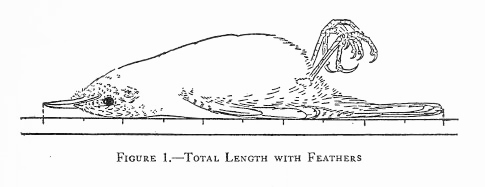
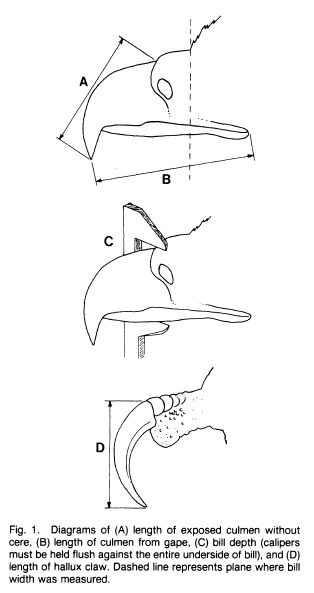
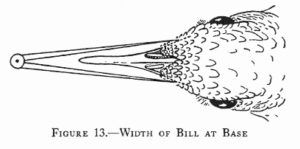
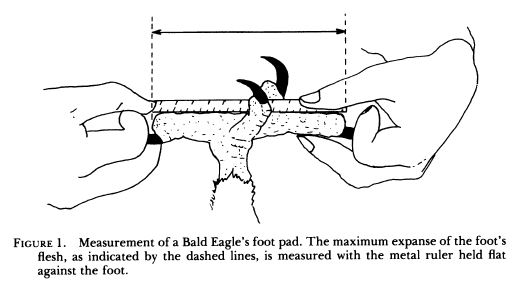
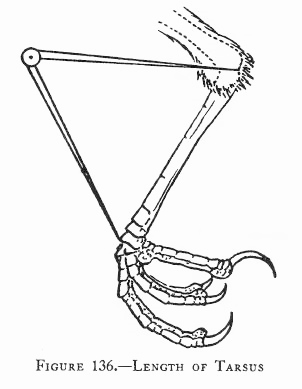
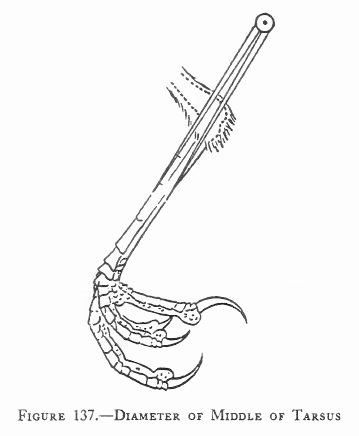
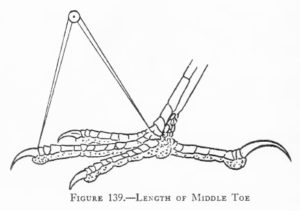
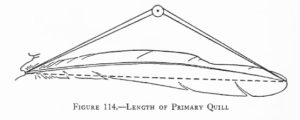
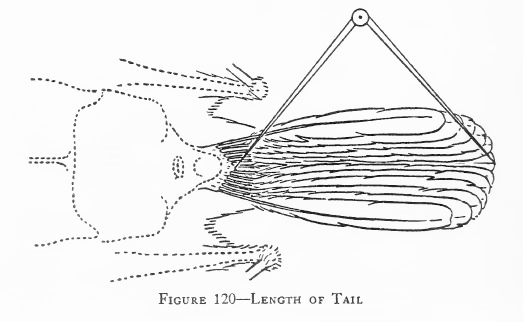
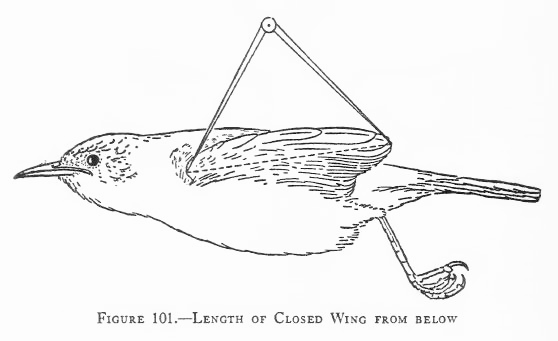
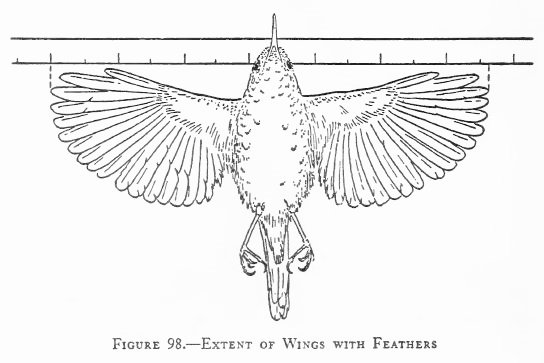






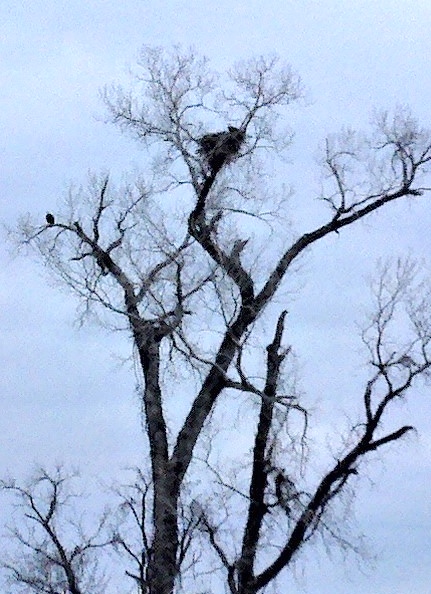

You must be logged in to post a comment.